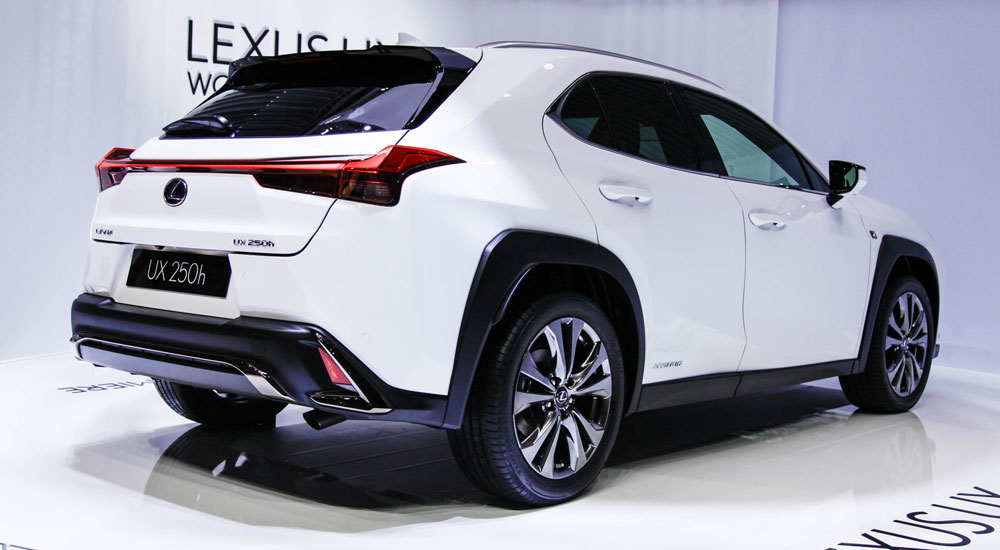Time to collect some Lexus UX 250h F SPORT videos from the Geneva Motor Show — this first one from Drive Mag shows the new Lexus crossover from every angle, including the interior:
Get ready to dance in your seat with this walkaround from Automobile Classics:
This Car Guide video is more of the same, which is just fine by me:
Seyth Miersma from Motor1 is brief but informative:
As expected, the CNET Roadshow focuses on the technical aspects of the new UX:


Comments